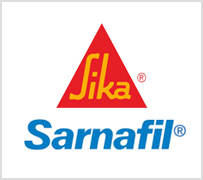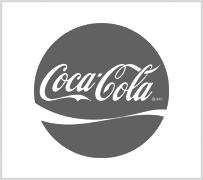
Home / News / New Roof Stays Cooler than Outside Air

A team at the University of Technology, Sydney (UTS) has developed and tested an interesting new roof material that “stayed 11 degrees or more colder than an existing state-of-the-art white roof nearby.”
Photo Courtesy of University of Technology, Sydney
In fact, the material exhibits nearly 100% solar reflectance and thermal emittance at common infrared wavelengths, actually allowing it to remain cooler than ambient temperatures. Just to clarify, this means that the material is cooler than the outside air or surrounding temperature in which it resides.
If you’ve ever touched your car, the sidewalk or virtually any other surface under sunlight on a warm day, you’re probably very aware that almost all other materials generally raise to temperatures far above the outside / ambient temperature. Go a step further, and you also know how hot it gets inside your car, just based on the temperature outside.
The new material, comprised of a “polymer stack on a silver thin film” and its various components are reportedly already commercially available. “Polymer” being a fairly broad and general term including various plastics, rubbers and fibers, and many current roofing products already being made with such materials, they definitely seem to be holding onto something in particular about the arrangement and / or technology involved in the assembly or fabrication process.
With this year, and especially summer, being one of the warmest on record, energy demand has no doubt increased. While new options to reduce energy usage range from more efficient air conditioning units to solar power, and the list of solutions otherwise seems to be endless, a roof that stays 10+ degrees cooler than outside temperature definitely seems like a promising technology and investment. Back to thinking of how warm the inside of your car gets based on temperature outside, you can imagine what a cooler roof will do for your home or business, not to mention reducing the overall heat trapped in urban areas and otherwise preserving the atmosphere.
We’re not yet aware of any particular manufacturer using the exact technology mentioned in this post, but we watch the industry closely and will report as soon as it comes to market.











